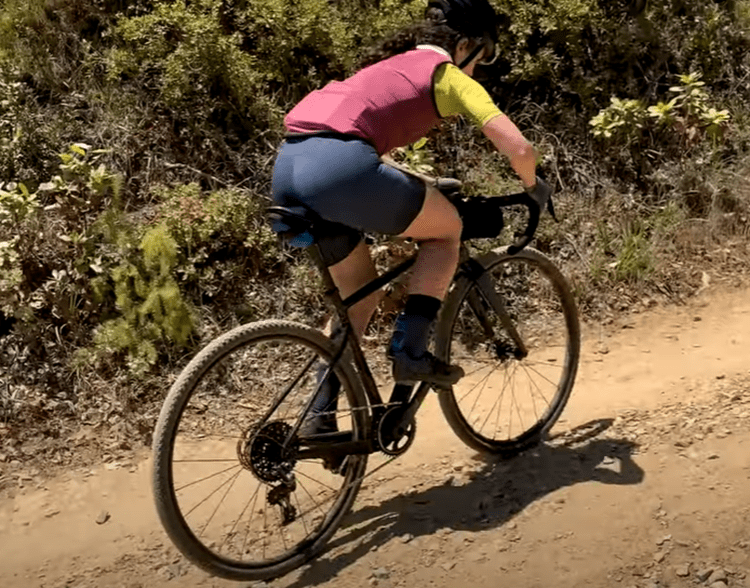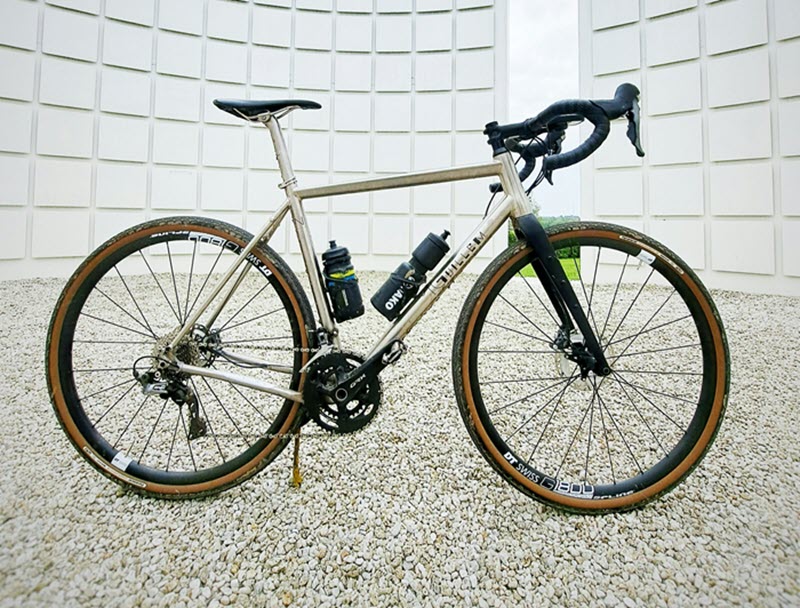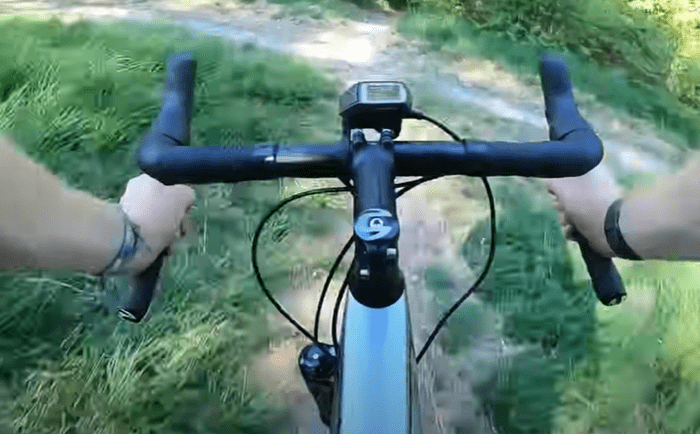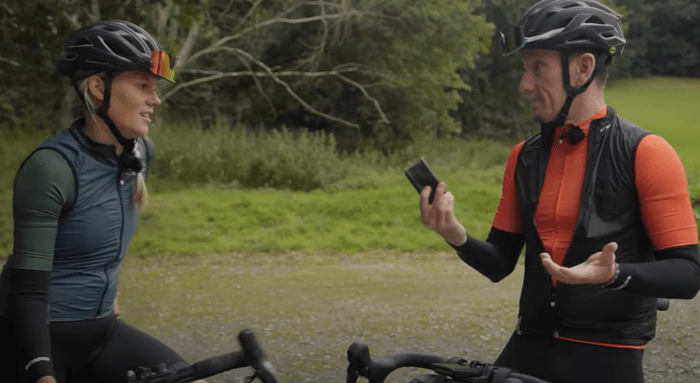Contents
Gravel Bike Clothing: The Essentials
Gravel biking, an emerging trend in the world of cycling, has gained significant popularity among fitness enthusiasts. The name says it all—gravel biking is primarily done on unpaved surfaces, like:
- Gravel road
- Dirt paths
- Rugged trails
But it’s not just about the terrain. Gravel biking is about adventure, exploration, and enjoying the ride no matter where it takes you. For these rides, having the right gravel cycling gear is essential.
To enhance both comfort and performance, proper clothing is of utmost importance. This article aims to provide a comprehensive overview of gravel bike clothing, discussing its significance, key considerations, and essential apparel for an optimal riding experience.
What is Gravel Biking?
Gravel biking is more than just a trend. It’s a unique style of cycling that combines elements from road biking and mountain biking.
Definition and Characteristics of Gravel Biking
Gravel biking is defined by its versatility. The bikes are built to handle various terrains, offering a balance of speed, comfort, and durability. Gravel bikes typically feature wider tires than road bikes but narrower than mountain bikes. This middle-ground tire width provides stability on loose surfaces while still being efficient on pavement. The geometry of a gravel bike is often more relaxed than a road bike, offering a more upright riding position, which is perfect for long days in the saddle. When gearing up for these adventures, choosing the right gravel bike clothing, including cycling apparel like bike jerseys and padded shorts, is essential for comfort and performance across different terrains and weather conditions.
Comparison to Road and Mountain Biking
Gravel biking sits comfortably between road and mountain biking. Unlike road bikes, gravel bikes are designed to take on rougher terrains. They can handle:
- Gravel
- Dirt
- Single-Track Trails
On the other hand, gravel bikes are lighter and faster than mountain bikes, making them more efficient on smoother surfaces. Gravel biking doesn’t require the technical skills of mountain biking, but it offers more freedom than road cycling, allowing riders to venture off the beaten path. For these diverse conditions, having breathable cycling clothes made from moisture-wicking fabric is crucial.
Benefits of Gravel Biking
One of the biggest benefits of gravel biking is its versatility. You’re not confined to smooth roads or rough trails. You can ride anywhere. Gravel biking also offers a sense of adventure. You can explore places that are inaccessible by road bike but don’t require the technical expertise of mountain biking.
Plus, gravel biking can be more relaxed and social. It’s about the journey rather than the speed. Another advantage is safety. Gravel roads are often quieter and less trafficked than paved roads, reducing the risks associated with busy streets. Pairing your ride with the right gravel bike clothing, such as thermal layers for colder conditions or sun protection clothing for hot weather, ensures you’re prepared for both the challenges and the enjoyment that come with this style of cycling.
Why Proper Clothing Matters for Gravel Biking
Gravel biking isn’t just about the bike. What you wear matters just as much. The right gravel bike clothing can make or break your ride, especially when you’re out for hours on varied terrain.
Comfort During Long Rides
Long rides demand comfort. Gravel biking often involves spending hours in the saddle, covering rough and unpredictable surfaces. Proper gravel bike clothing provides the cushioning and support you need. Padded shorts and bib shorts reduce pressure and friction, keeping you comfortable even on the longest rides.
Breathable fabrics like polyester cycling wear and merino wool wick away sweat, preventing chafing and discomfort. When you’re comfortable, you can focus more on the ride and less on the discomfort.
Protection from Weather Elements
Weather can change quickly when you’re out on the trails. Gravel bike clothing should protect you from the elements. A good waterproof jacket shields you from unexpected rain. Windproof layers, like windproof vests, keep the chill at bay when you’re riding on exposed gravel roads.
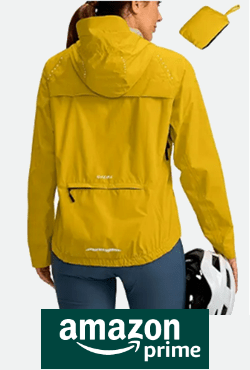 |
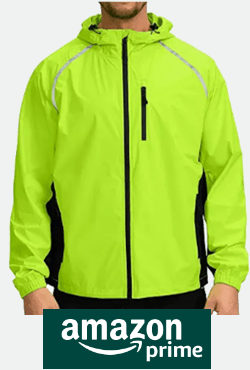 |
In hot weather, moisture-wicking materials help you stay cool, while in colder conditions, thermal layers keep you warm. Dressing in layers using the right cycling base layers allows you to adapt to changing weather, ensuring you’re prepared for anything nature throws your way.
Enhanced Performance Through Appropriate Gear
The right gravel bike clothing enhances your performance. It’s not just about looking good—it’s about riding better. Well-fitted clothing reduces drag, allowing you to maintain speed without extra effort.
Technical fabrics manage moisture and temperature, keeping you in peak condition throughout your ride. Specialized gravel bike shoes provide the right balance of stiffness and comfort, giving you optimal power transfer with every pedal stroke. Gloves with proper chamois padding improve grip and reduce hand fatigue, ensuring you stay in control on rough terrain.
Essential Gravel Bike Clothing Items
Gravel biking requires specific clothing to keep you comfortable, protected, and performing at your best. Here’s a breakdown of essential gravel bike clothing items you’ll need for your rides.
 |
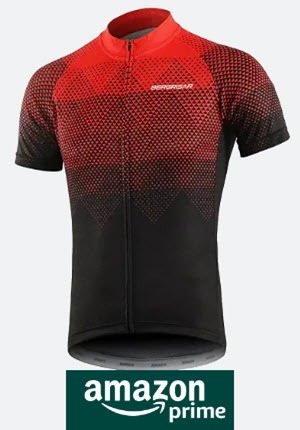 |
3.1 Jerseys
Jerseys are the cornerstone of your gravel bike clothing. They should be breathable, moisture-wicking, and well-fitted to keep you comfortable during long rides.
Look for jerseys made from materials like merino wool or polyester, which offer excellent moisture management and temperature regulation. Top gravel bike jersey brands include Rapha, Pearl Izumi, and Castelli, known for their quality and durability in cycling apparel.
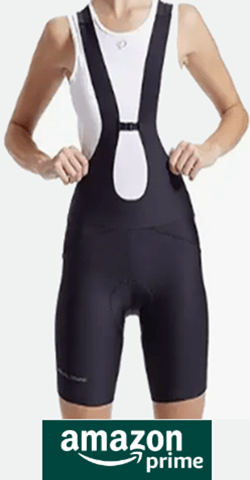 |
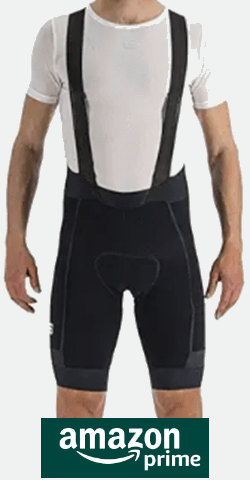 |
3.2 Shorts and Bibs
When it comes to bottoms, you have a choice between shorts and bibs. Bib shorts offer more support and stay in place better during your ride, while shorts are easier to wear and more versatile off the bike.
The key feature to look for is chamois padding, which provides cushioning and reduces friction. This is crucial for long rides where comfort is essential. Make sure to choose the right fit—snug but not too tight—to avoid discomfort and chafing.
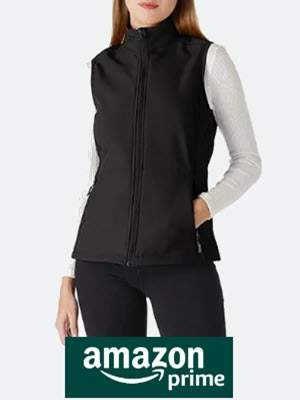 |
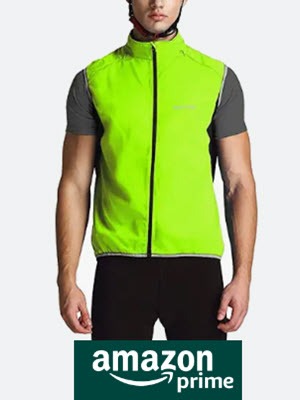 |
3.3 Outer Layer: Jackets and Vests
The outer layer is vital for protecting you from the elements. Jackets are perfect for colder or wetter conditions, offering full coverage and warmth. Vests, on the other hand, are great for layering when you need extra warmth but don’t want to overheat.
Consider whether you need waterproof or water-resistant options, depending on the typical weather you ride in. Materials like Gore-Tex or eVent are recommended for their weather-resistant properties. These pieces of durable bike clothing are essential for any serious gravel rider.
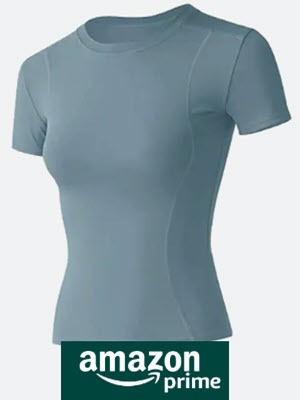 |
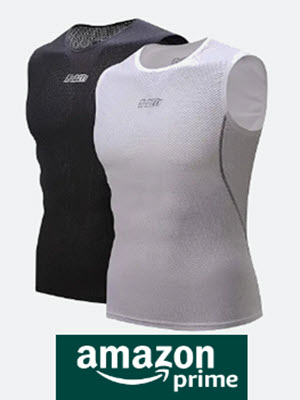 |
3.4 Base Layers
Base layers play a key role in temperature regulation. They help keep you warm in cold weather and cool in the heat by wicking moisture away from your skin.
Look for base layers made from merino wool for warmth or synthetic materials like polyester for moisture-wicking properties. Base layers are most beneficial during early morning or evening rides when temperatures can fluctuate. They are a critical part of gravel riding essentials and bike packing clothes.
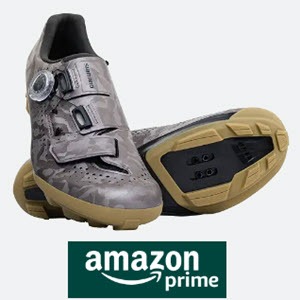 |
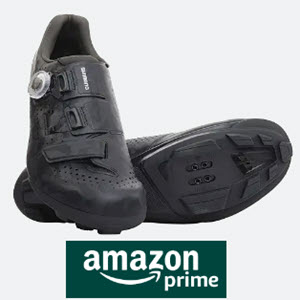 |
3.5 Footwear
Your footwear choice is crucial in gravel biking. Gravel bike shoes differ from road or mountain bike shoes, offering a balance of stiffness for power transfer and flexibility for walking on rough terrain.
Look for shoes with good grip and comfort, as you’ll likely encounter varied surfaces. Popular brands include Shimano, Sidi, and Giro, known for their durable and comfortable gravel bike shoes. Don’t overlook cycling socks made from moisture-wicking materials to keep your feet dry and blister-free.
 |
 |
3.6 Accessories
Accessories complete your gravel bike clothing kit and enhance your comfort and safety.
Gloves: Choose between padded gloves for added comfort on rough terrains or non-padded for better handlebar feel.
Socks: Opt for moisture-wicking socks to keep your feet dry and comfortable. Merino wool or synthetic blends are excellent choices.
Headgear: Caps or helmets are essential for protection. Caps can keep the sun out of your eyes and wick away sweat, while helmets are non-negotiable for safety.
Choosing the Right Materials
When selecting gravel bike clothing, the choice of materials plays a crucial role in comfort, durability, and performance. Understanding the different fabric types and their benefits can help you make the best decision for your rides.
Overview of Different Fabric Types
Gravel bike clothing is made from a variety of materials, each with its own strengths. Commonly used fabrics include synthetic fibers like polyester and nylon, as well as natural fibers such as merino wool and cotton. Each material has specific properties that make it suitable for different conditions and personal preferences.
Advantages of Synthetic vs. Natural Fibers
Synthetic fibers like polyester and nylon are popular in gravel bike clothing for several reasons. They are lightweight, durable, and excellent at wicking moisture away from the body.
This keeps you dry and comfortable during intense rides. Synthetic fabrics also dry quickly, making them ideal for unpredictable weather conditions. Additionally, these materials are often treated with antibacterial properties, helping to reduce odors after long rides.
Nylon, in particular, is highly durable and resistant to abrasion, making it perfect for off-road cycling apparel that needs to withstand rough terrains. Polyester, on the other hand, is often blended with other materials to enhance breathability and stretch, offering a snug yet flexible fit.
Natural fibers like merino wool are another excellent choice for gravel bike clothing. Merino wool is prized for its ability to regulate body temperature, keeping you warm in cold conditions and cool when it’s hot. It’s naturally moisture-wicking and has antibacterial properties, which means it stays fresh longer, even after multiple uses. Merino wool is also incredibly soft against the skin, reducing the risk of chafing and irritation.
Cotton, while comfortable and breathable, is less common in gravel bike clothing because it retains moisture and dries slowly. However, it can be blended with synthetic fibers to create a more balanced fabric that offers the softness of cotton with the performance of synthetics.
Dressing for Different Weather Conditions
Gravel biking takes you through various weather conditions, so it’s essential to choose the right gravel bike clothing to stay comfortable and protected, no matter what nature throws your way.
5.1 Hot Weather Gear
When the temperature rises, you need gravel bike clothing that’s lightweight and breathable. Opt for jerseys and shorts made from moisture-wicking materials like polyester or merino wool blends. These fabrics help regulate your body temperature by drawing sweat away from your skin, keeping you cool and dry.
Cooling accessories are also a great addition. Arm sleeves made from cooling fabrics can protect you from the sun while providing a cooling effect as you ride. Lightweight gloves with breathable mesh panels can keep your hands cool without sacrificing grip. Don’t forget a well-ventilated helmet to allow airflow and reduce heat buildup.
5.2 Cold Weather Gear
Riding in cold weather requires smart layering techniques. Start with a good base layer to keep your core warm. Merino wool or thermal synthetic materials are excellent choices as they trap heat while wicking moisture away from your skin.
Add an insulated jacket as your mid-layer. Jackets with windproof and thermal properties are perfect for retaining warmth on chilly rides. Consider gravel bike clothing with a high collar to protect your neck from the cold wind.
For your outer layer, a windproof and waterproof jacket is essential. Look for materials like Gore-Tex or similar fabrics that offer protection without bulk. Insulated gloves, thermal bibs, and shoe covers complete your cold-weather gear, ensuring you’re warm from head to toe.
5.3 Rainy Weather Gear
Rainy days call for specialized gravel bike clothing. Waterproof jackets are a must. Choose one with taped seams and a breathable membrane to keep water out while allowing sweat to escape. A good rain jacket should be lightweight enough to pack away easily but durable enough to withstand heavy rain.
Waterproof pants or shorts are also useful for keeping your lower body dry. If full waterproof pants feel restrictive, opt for water-resistant shorts paired with waterproof socks to keep your feet dry.
A helmet with a visor can help keep rain out of your eyes, and a pair of waterproof gloves ensures your hands stay warm and dry, maintaining grip and control on wet handlebars.
Tips for Maintaining Your Gravel Bike Clothing
Taking care of your gravel bike clothing ensures it lasts longer and performs better. Here are some simple tips to keep your gear in top shape.
Proper Washing and Drying Techniques
Always follow the care instructions on your gravel bike clothing. Most items should be washed in cold water to prevent shrinking and preserve the fabric’s integrity. Use a mild detergent to avoid harsh chemicals that can break down technical fabrics.
Turn your clothing inside out before washing. This protects the outer surface from abrasion during the wash cycle. Avoid using fabric softeners as they can clog the fabric’s pores, reducing breathability and moisture-wicking properties.
After washing, air-dry your gear whenever possible. High heat from dryers can damage elastic components and shrink fabrics. If you need to use a dryer, choose a low-heat setting. For items like jerseys and bibs, laying them flat to dry helps maintain their shape and fit.
Repair Tips for Common Wear and Tear
Even high-quality gravel bike clothing can show signs of wear over time. Pilling, small tears, and loose seams are common issues.
For pilling, gently use a fabric shaver to remove the fuzz without damaging the material. Small tears in jerseys or shorts can often be repaired with a simple needle and thread. For larger rips, consider using iron-on patches designed for activewear fabrics.
Loose seams should be addressed immediately. Reinforcing them with a few stitches can prevent further damage and extend the life of your gear. If you’re not comfortable with DIY repairs, many outdoor stores offer repair services specifically for technical clothing.
Storage Recommendations
Proper storage is key to prolonging the life of your gravel bike clothing. Store your gear in a cool, dry place away from direct sunlight. Sunlight can fade colors and weaken fabrics over time.
Avoid cramming your clothing into tight spaces. Hanging items like jerseys and jackets helps them retain their shape. For bibs and shorts, fold them carefully and store them in a drawer or on a shelf.
If you have seasonal gear, such as winter jackets or rain gear, store them in breathable garment bags. This protects them from dust while allowing the fabric to breathe.
Gravel biking is an adventure that demands the right gear. Proper gravel bike clothing is essential for your comfort, protection, and overall performance. From breathable jerseys and padded shorts to weather-resistant jackets and durable footwear, every piece plays a role in enhancing your ride.
Investing in quality gravel bike clothing is more than just a purchase—it’s an investment in your cycling experience. The right clothing allows you to tackle various terrains and weather conditions with confidence, ensuring you enjoy every mile.
Ready to upgrade your ride? Start by choosing the right gravel bike clothing that suits your needs. Explore top brands, select the best materials, and gear up for your next gravel adventure. Your best ride is just a choice away.
We earn from qualified Amazon purchases with NO cost to you. ANY item that you need or were going to purchased anyway through any of our links, helps support this site. Thank you for your support!


